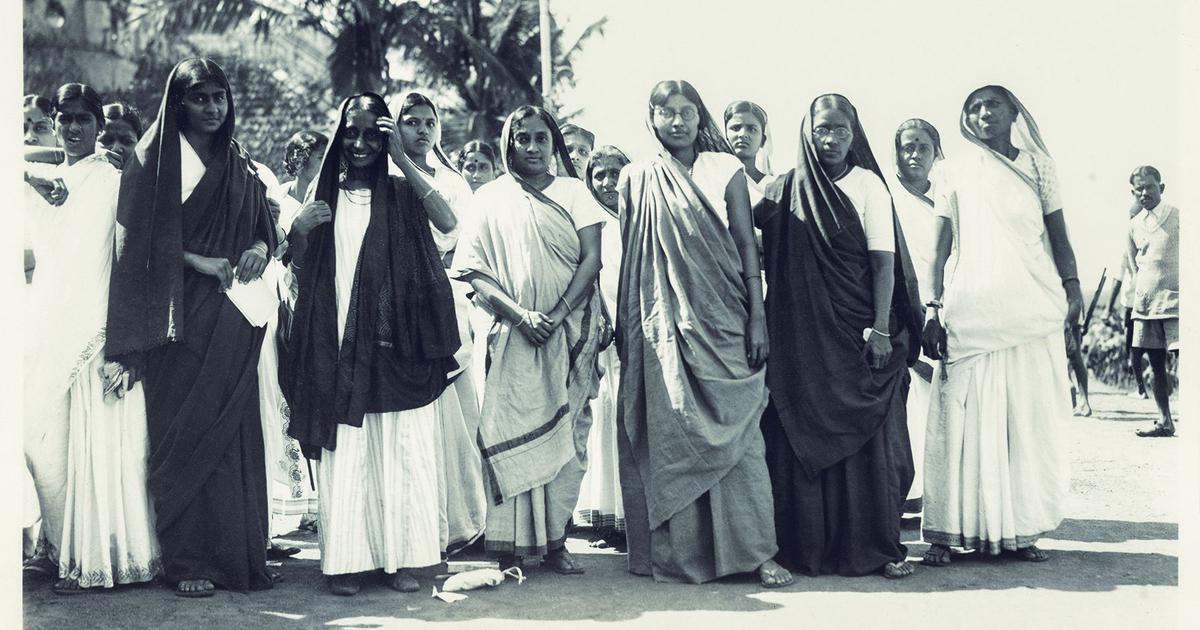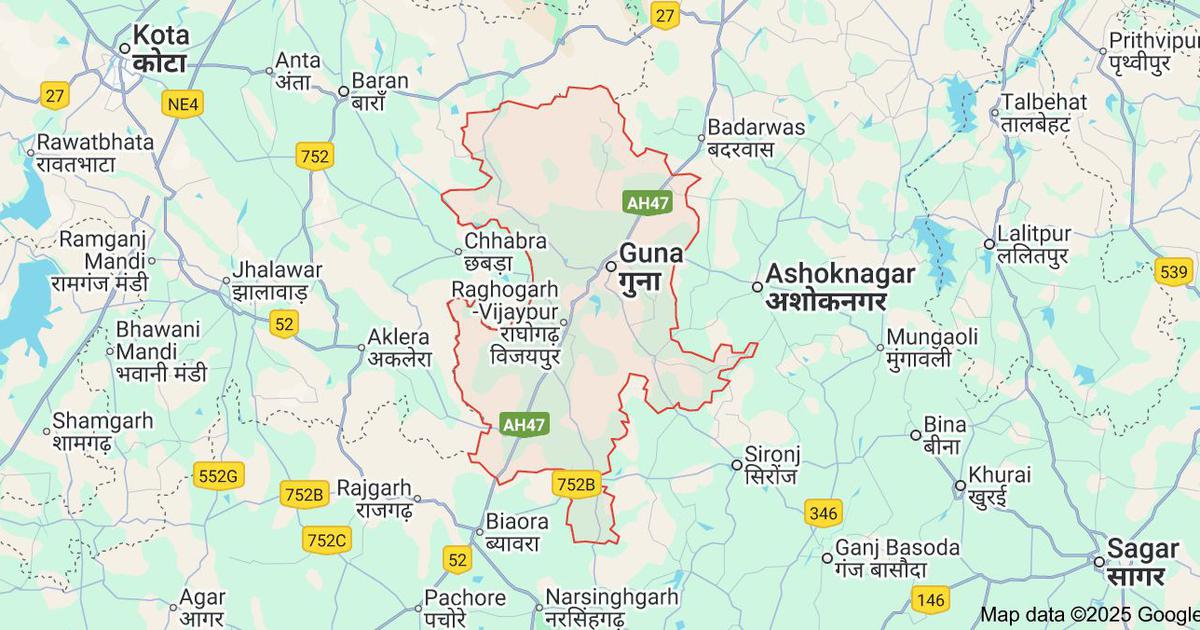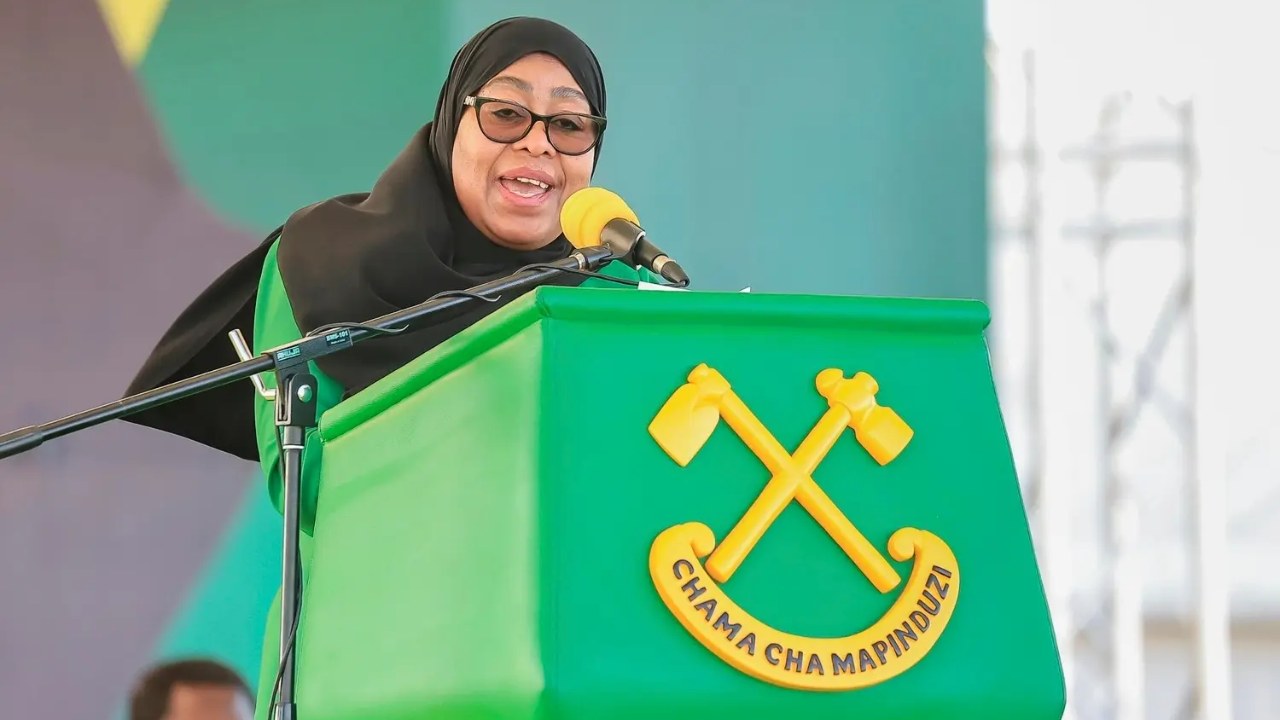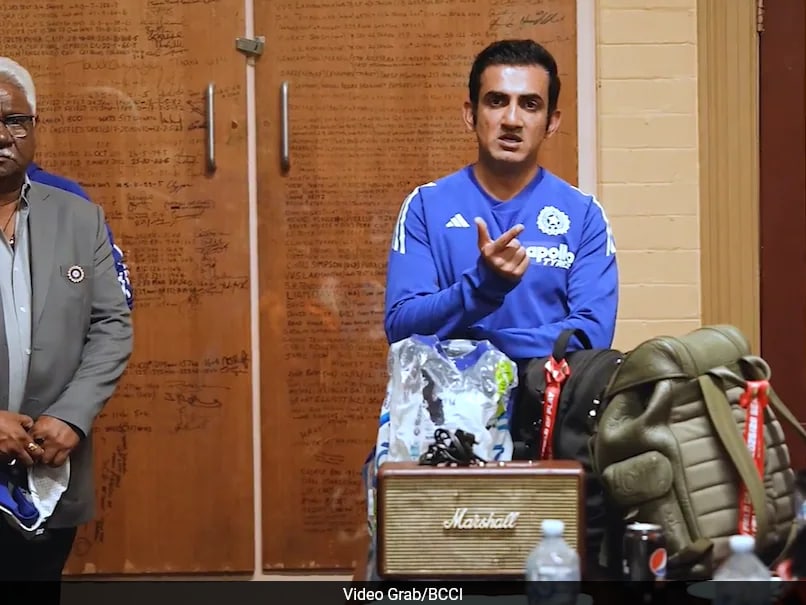From the photo-book: How Mumbai suburban women contributed to the freedom struggle

Join our WhatsApp Community to receive travel deals, free stays, and special offers!
- Join Now -
Join our WhatsApp Community to receive travel deals, free stays, and special offers!
- Join Now -

On 26 October 1930, when the Civil Disobedience Movement was at its crescendo, the Bombay War Council, the team of senior Congress leaders developing and implementing strategies for satyagraha, attempted to hold a flag salutation ceremony at the Azad (“Free”) Maidan, formerly a part of the Esplanade of Bombay, renamed so by the nationalists. After a group of male demonstrators were arrested, a group of women activists from the Desh Sevika Sangh entered the fray. They resisted all attempts by the police to seize their flags and stood their ground in spite of a lathi charge. A few women were arrested, but the rest were bundled into a police van, and dropped off at Ghatkopar, about 15 miles (nearly 24 km) away, in the Bombay Suburban District.
Implicit in this action was the assumption that the suburbs of Bombay were unlikely sites of protest; the suburbs neither had the monumental setting which the city of Bombay could provide in plenty, nor could they command the audiences necessary to render protests meaningful. And by temporarily exiling women into the suburban wilderness, the colonial regime assumed that it could thus discourage their further participation in the protests. But were these assumptions borne out by...
Read more
What's Your Reaction?
 Like
0
Like
0
 Dislike
0
Dislike
0
 Love
0
Love
0
 Funny
0
Funny
0
 Angry
0
Angry
0
 Sad
0
Sad
0
 Wow
0
Wow
0






















































